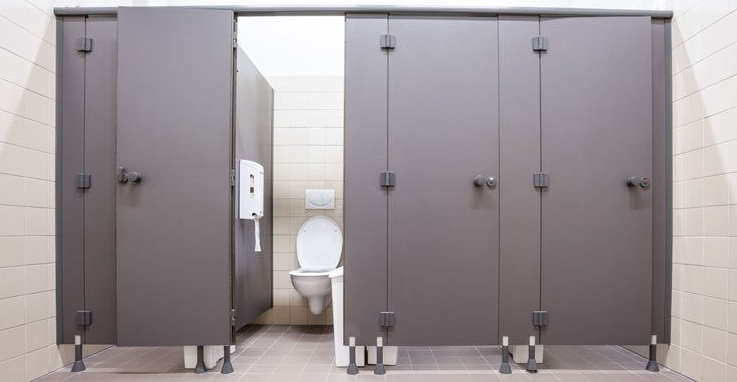 You probably flush a toilet each and every day, whether it’s your toilet at home or at work. Have you ever considered how this device actually works, though? How does it refill with water, and how does it know when to stop filling with water? We’ve taken a closer look at the simple toilet to walk you through exactly what happens when you flush it.
You probably flush a toilet each and every day, whether it’s your toilet at home or at work. Have you ever considered how this device actually works, though? How does it refill with water, and how does it know when to stop filling with water? We’ve taken a closer look at the simple toilet to walk you through exactly what happens when you flush it.
How Toilets Work
When you flush a toilet, several things occur. The handle is attached to a chain which is attached to a flush valve. This flush valve effectively allows the water in the tank to drain out into the bowl. A toilet will flush only if the bowl itself is filled with water. If it’s not, the siphon (which is connected to the bowl of the toilet and is what ultimately connects to the plumbing beneath), won’t be activated.
One very important part of this whole system, though, is the float switch. Without it, the tank won’t fill, which means the bowl won’t fill. This means that your toilet won’t flush.
Toilet Float Switches
In the case of float switches, there’s a simple “float” that effectively tells the bowl when to stop and start filling. At a certain angle (when the float isn’t resting on top of the water), the tank will begin filling. Once the tank fills enough that the float switch is at another angle when it’s resting on top of the water, then the water stops flowing.
Needless to say, if this float switch is malfunctioning then you can experience an overflow of water, a constantly running toilet, or no filling at all. In order to prevent overflow, there’s an overflow tube; this directs water from the tank and to the bowl.





